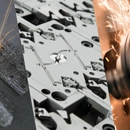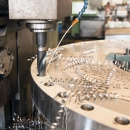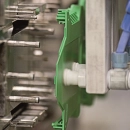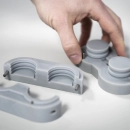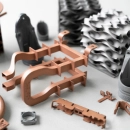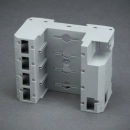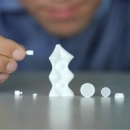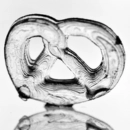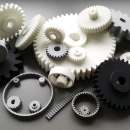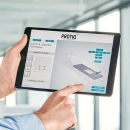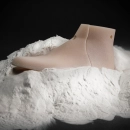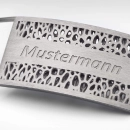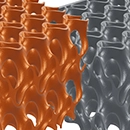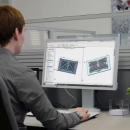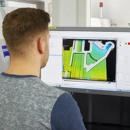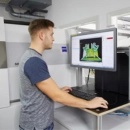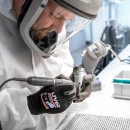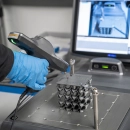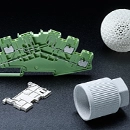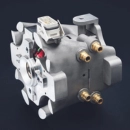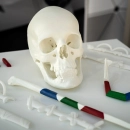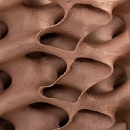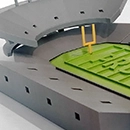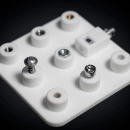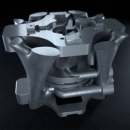Copper printing
Copper printing, in the field of additive manufacturing, refers to the production of components from highly conductive metals using 3D printing technologies. Copper is known for its excellent electrical and thermal conductivity, making it a sought-after material for applications where efficient heat and energy transfer is required, such as in electronics, aerospace and the automotive industry.
However, the use of copper in additive manufacturing presents certain challenges. The high thermal conductivity of copper requires special printing techniques and equipment to achieve the necessary temperatures for processing and to maximize material performance. In addition, the oxidation of copper is an aspect that must be considered during the manufacturing process as it can affect electrical performance.
Advances in 3D printing technology have enabled the integration of copper, particularly through the development of precise laser and binder jetting technologies. These technologies allow complex copper components to be created with a high level of detail while maintaining material properties. 3D printing opens up the possibility of developing custom geometries that are difficult or impossible to achieve with traditional manufacturing methods, such as conformal cooling channels and optimized connectors.
A significant advantage of copper printing is its ability to produce components with high functionality while reducing material consumption and production time. This enables efficient use of expensive materials and contributes to sustainable production. Copper printing also promotes innovation in electronics and energy technology by supporting the miniaturization and integration of complex components in compact designs.
Overall, copper printing represents an exciting advancement in additive manufacturing technologies and expands the possibilities for producing high-quality, high-performance components in applications that rely on the unique properties of copper. These advances are a testament to how additive manufacturing is constantly evolving to meet the demands of modern industrial and technological challenges.



 Deutsch
Deutsch English
English Italiano
Italiano